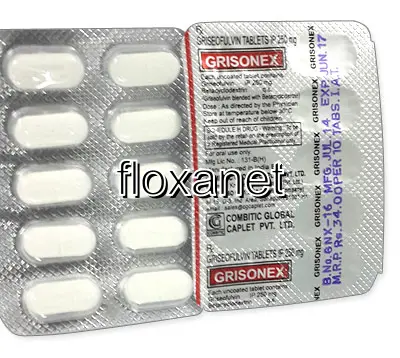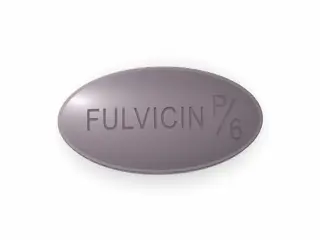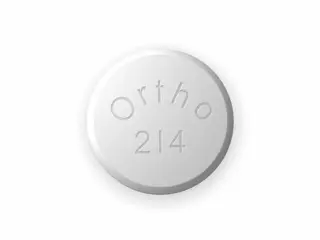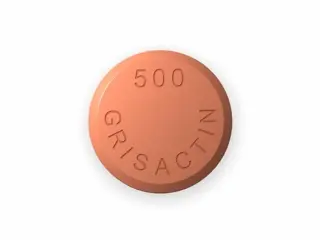Buy Griseofulvin Online from Trusted UK Pharmacy
| Package | Dosage | Price | Price per Dose | |
|---|---|---|---|---|
| Dosage: 250mg | ||||
| 360 pill | 250mg | £254.30 | £0.71 | |
| 180 pill | 250mg | £134.93 | £0.75 | |
| 120 pill | 250mg | £95.48 | £0.80 | |
| 90 pill | 250mg | £78.88 | £0.87 | |
| 60 pill | 250mg | £60.19 | £1.01 | |
| 30 pill | 250mg | £34.24 | £1.13 | |

Griseofulvin Description
Overview of Griseofulvin
Griseofulvin is an antifungal medication commonly used to treat various fungal infections of the skin, hair, and nails. It is derived from the Penicillium species of fungi and has been a trusted option in antifungal therapy for many decades. Its primary function is to inhibit the growth of fungi by disrupting the formation of their internal structures, which prevents them from spreading or worsening. This medication is especially effective against dermatophyte infections such as athlete’s foot, ringworm, and fungal nail infections.
How Griseofulvin Works
Griseofulvin acts by binding to the keratin precursor cells in the skin and nails. It disrupts the process of fungal cell division by interfering with microtubule formation, which is essential for fungal cell replication. This mechanism effectively halts the progression of the infection, enabling the body's immune system to work more efficiently in clearing the fungi. Because of its mode of action, griseofulvin tends to be more effective in treating chronic and stubborn fungal infections that have not responded well to other antifungal agents.
Indications and Usage
This medication is mainly indicated for infections caused by dermatophytes, a group of fungi that infect keratinized tissues. It is used to treat scalp and body ringworm, onychomycosis (fungal nail infections), and other dermatophyte infections that are resistant to topical treatments. Due to its systemic nature, griseofulvin is preferred for more severe or widespread infections, especially those involving the nails, which are notoriously difficult to treat.
Administration and Dosage
Griseofulvin is generally administered orally in the form of tablets or capsules. The dosage depends on the patient's age, weight, the severity of infection, and the specific type of fungal infection being treated. It is important to follow the prescribed regimen strictly and to continue treatment for the full duration recommended by the healthcare provider, even if symptoms improve before completing the course. Typically, treatment may last several weeks to months, especially for nail infections.
Possible Side Effects
As with many medications, griseofulvin can cause side effects in some people. Common adverse reactions include headache, nausea, vomiting, diarrhea, and skin rashes. Some individuals may experience dizziness or fatigue. Liver function abnormalities are also possible, so monitoring liver enzymes during treatment is recommended. Serious side effects are rare but can include allergic reactions, blood disorders, or liver toxicity. Patients should report any unusual symptoms to their healthcare professional promptly.
Precautions and Interactions
Before starting griseofulvin, it is essential to inform your doctor about any other medications you are taking, as it can interact with drugs such as anticoagulants, barbiturates, or oral contraceptives. Patients with liver disease, porphyria, or a history of hypersensitivity to antifungal agents should avoid using griseofulvin. It is also important to use effective contraception during treatment and for some time after, as the medication may affect hormonal birth control methods.
Effectiveness and Limitations
While griseofulvin has proven effective in treating many dermatophyte infections, it is not suitable for all types of fungal infections. Its efficacy can vary depending on the site and severity of infection, and some resistant strains may not respond as well. Additionally, because of its long treatment duration, patient compliance can sometimes be a challenge. Nonetheless, when used appropriately, it remains a valuable option, especially for stubborn fungal infections that do not respond to topical treatments.



